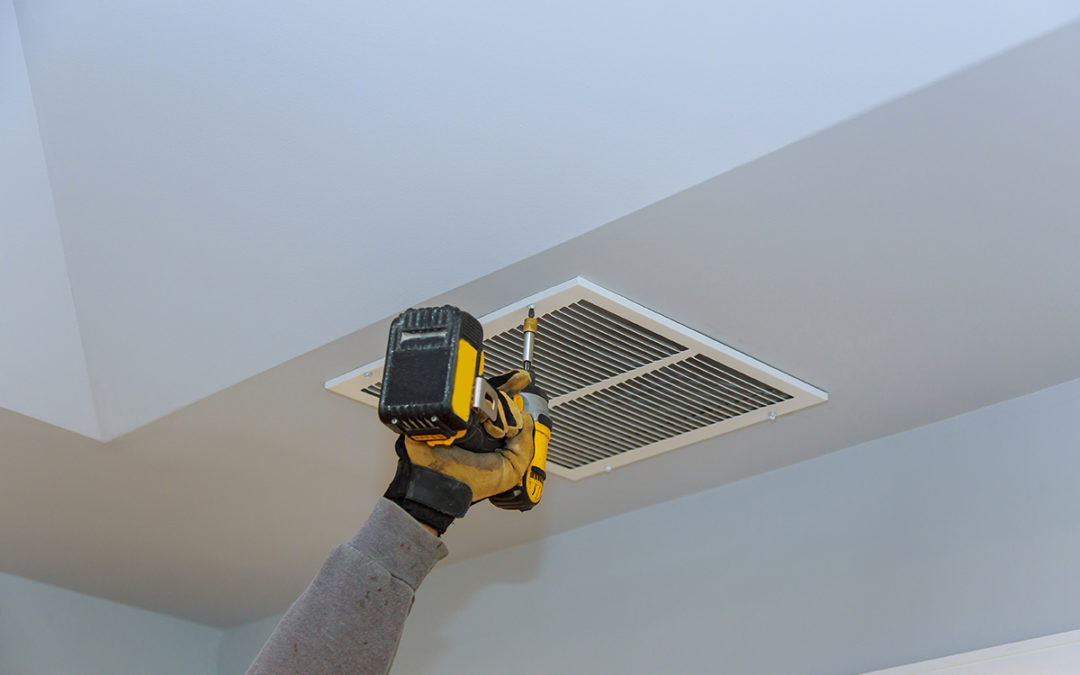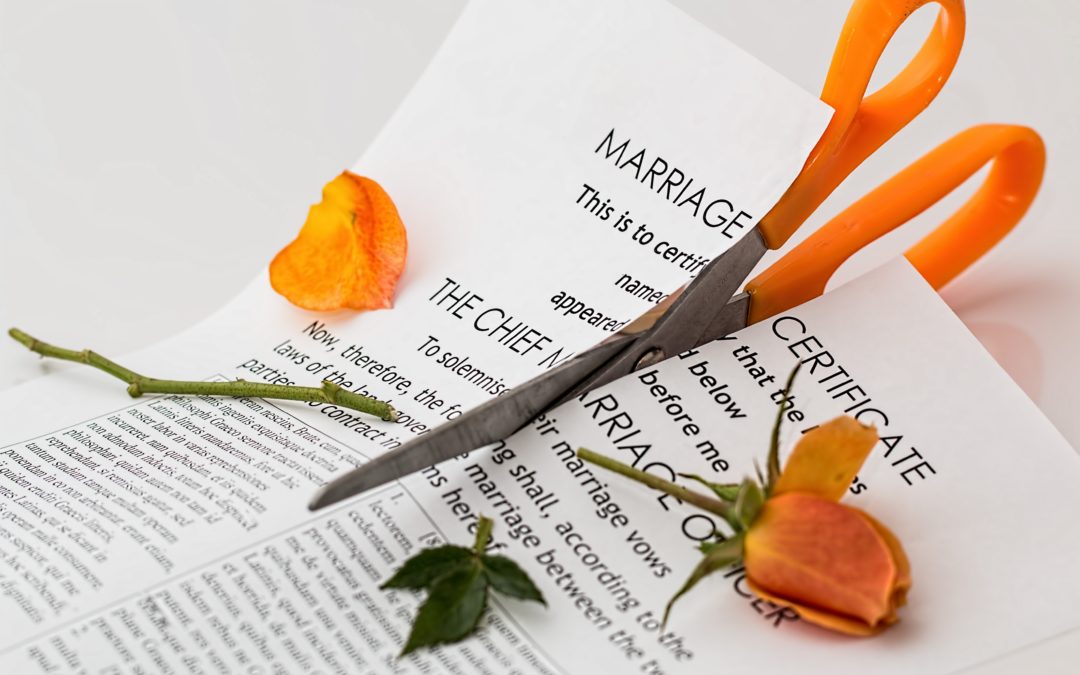Our Practices
Civil Rights Law
Security Regulation
Trademark Law
Real Estate Litigation
Tax Disputes
Insurance Recovery
Contact Us About Your Case
Blog

The Number One Piece of Advice When Selling A Business
Selling a business is a significant event that requires careful planning and execution. Whether you’re an entrepreneur looking to exit your startup or a business owner preparing for retirement, you need to know how to sell your business effectively. In this article, we’ll share the number one piece of advice for selling a business and provide actionable tips to help you achieve a successful sale.
Prepare for the Sale
Before you put your business on the market, you need to prepare for the sale. Here are some steps to take:
- Conduct a business valuation – Knowing the value of your business is essential to setting a realistic price and attracting potential buyers.
- Identify potential buyers – Think about who might be interested in acquiring your business and target them.
- Create an exit strategy – Plan how you will transition out of the business and communicate this plan to potential buyers.
- Gather and organise all necessary documents – Compile all financial, legal, and operational documents that buyers will need to review.
- Address any legal issues – Make sure you have resolved any outstanding legal issues before you put your business on the market.
Our Advice
Employ the help of a business broker. For example, if you’re on the Sunshine Coast, BizBrokers are an excellent resource to help you prepare for a sale and identify potential buyers.
Negotiate Effectively
Once you have identified potential buyers, it’s time to negotiate. Here are some tips for effective negotiation:
- Set clear objectives – Define your goals and objectives for the sale, such as price, terms, and timeline.
- Gather information on the buyer – Learn as much as you can about the buyer’s motivations, needs, and financial capabilities.
- Know your bottom line – Determine the minimum acceptable terms for the sale and be prepared to walk away if they cannot be met.
- Be flexible – Be willing to negotiate and compromise to reach a mutually beneficial agreement.
- Use negotiation tactics – Use tactics such as anchoring, framing, and reciprocity to influence the negotiation in your favour.
Complete Due Diligence
Due diligence is the process of evaluating a business to identify any potential risks or issues that may impact the sale. Here are some due diligence steps to take:
- Conduct financial due diligence – Review the financial statements and accounting records to ensure they are accurate and complete.
- Review legal documents – Review contracts, agreements, and other legal documents to ensure they are valid and enforceable.
- Assess operational and strategic risks – Evaluate the business’s operations and strategy to identify any risks or issues that may impact the sale.
- Identify any potential deal breakers – Be aware of any issues that may cause the buyer to walk away from the deal.
Close the Deal
Once you have completed due diligence and negotiated the terms of the sale, it’s time to close the deal. Here are some steps to take:
- Finalise the purchase agreement – Draft and review the purchase agreement with your legal team to ensure it accurately reflects the terms of the sale.
- Plan for post-closing transition – Prepare for the transition of ownership and communicate this plan to employees, customers, and suppliers.
- Consider tax implications – Consult with a tax professional to understand the tax implications of the sale and plan accordingly.
- Celebrate the sale – Take a moment to celebrate the sale and the achievement of selling your business.
Conclusion
Selling a business can be a complex and challenging process, but with the right preparation, negotiation, due diligence, and closing strategies, you can achieve a successful sale. The number one piece of advice for selling a business is to be well-prepared and well-informed throughout the entire process. By following the tips outlined in this article, you can maximize the value of your business and avoid common pitfalls. Don’t hesitate to seek professional advice and support to ensure a smooth and successful sale.

Improving Ventilation in a Post-Covid World
The Covid-19 pandemic has actually inspired individuals worldwide to scrutinize their indoor air quality. Organizations such as the EPA, WHO, and ASHRAE were among the first to advise increased HVAC system ventilation to help in minimizing the spread and recirculation of SARS-CoV-2 within an occupied space.
Firstly, obtaining the correct HVAC system can be a difficult task as many companies are unable to accommodate customised projects. Brisbane based company, Sigrist Design is an example of a ventilation, filtration and HVAC supplier that offers custom designs for ventilation. If you are looking for a system that can keep up with today’s standards, then visit them here.
Following the CDC’s recognition of aerosolized SARS-CoV-2 transmission– which implies tiny airborne particles carrying SARS-CoV-2 can linger in the air or travel ranges greater than 6 feet (1.8 meters) from the infectious source– sufficient ventilation and air handling is now a vital requirement for reopening buildings.
According to ASHRAE, the core recommendations for HVAC system operation to reduce the spread of airborne contagious aerosol direct exposure are:
Ventilation, Filtration, and Air Cleaning
Fulfil the minimum outdoors airflow requirements as specified by relevant codes and standards (ANSI/ASHRAE Basic 62.1 Ventilation for Appropriate Indoor Air Quality). Usage mixes of filters and air cleaners that achieve MERV 13 or much better levels of efficiency for recirculated air. Use air cleaners that have been proven safe and reliable. Limitation re-entry of infected air through energy healing devices, outdoor air, and other sources.
Air Distribution
Where possible, promote the blending of space air without triggering strong air currents that increase direct transmission from person to person.
Temperature and Humidity
Preserve temperature and humidity design set points.
Air Modifications
Maintain tidy air supply design set points. When needed, run systems for a time to accomplish three air changes of comparable clean air supply to flush areas between tenancy.
System Commissioning
Finally, the products listed above all affect each other and the building systems themselves, so ASHRAE advises confirming that the HVAC systems are working as designed.
Evaluation of Your Current Indoor Air Quality
To figure out the very best course of action, it is recommended to have a professional concerned your centre and carry out a preliminary IAQ evaluation, so you can determine any prospective problems and focus on particular corrections that might be required.
A detailed IAQ examination will include taking measurements for particulates, humidity, temperature level, and common gases such as CO2, CO, and tVOCs. Higher than desired readings can be an outcome of air filter failure, low fresh air mix, combustion from cooking, recent updates to furnishings, floor covering or refinishing, and lots of other variables that can affect indoor air quality. Other gases, such as chlorine or ammonia, can be caused by the local pool and cleaning supplies.
A comprehensive evaluation by a professional may consist of the use of a number of instruments, or a single instrument that can monitor a vast array of parameters, such as TSI’s Q-Trak ™ XP Indoor Air Quality Screen. The assessment will offer the baseline of IAQ parameters so you understand which elements of your HVAC system are working most efficiently and what locations may need attention or changes.
Adjustments might include testing, adjusting, and balancing (TAB); commissioning; building automation system companies; and others to completely review the heating and cooling components, constructing strategies, mechanical schedules, sequence of operations, and automation controls.
Some heating and cooling systems, for instance, are not created to deal with greater rating filters like MERV 13, so it is necessary to consult an expert. Any major modifications made to the HVAC system, specifically those that were not part of the original style intent, requires professionals to inspect the system and to make recommendations to the building owners.
Indoor Particulate Matter and Infection Transmission
Particle pollution can impact anybody, and it can be found both inside and outdoors. Little particles or particle matter with a size of ≤ 10 µm (PM10) are inhalable air contaminants that can trigger health impacts. Fine particles with a diameter of ≤ 2.5 µm, referred to as PM2.5, are even more unsafe to humans since they are smaller and lighter, suggesting they can stick around in the air longer which increases the odds of being breathed in. Plus, their small size makes it possible to permeate deep into the lungs. Recent research studies reveal PM2.5 might even go into the circulatory system.
And what’s more, evidence now suggests PM2.5 might also be a transport representative for the SARS-CoV-2 infection. Although dust and particle monitors can not identify the kinds of particles that are in the air, utilizing indoor air quality keeps track of that step particle matter (PM) can assist you to figure out the concentration of particles– possibly carrying a virus– you are being exposed to. Changing your a/c system to improve ventilation can decrease occupant exposure to particles suspended in the air.
Continuous Air Quality Keeping Track Of for Covid-19 and Beyond
Constant tracking is very important for assessing air quality conditions, identifying prospective problems early, and guaranteeing proper heating and cooling system operation. The ideal option can also provide the documentation required to keep you in compliance with the governing bodies that supervise business IAQ.
A real-time IAQ screen like the TSI AirAssure ™ Indoor Air Quality Display is a simple and inexpensive method to confirm your air quality and secure the health of your structure residents. The AirAssure IAQ Screen determines particulate matter (PM) and approximately 6 different types of gases typically found indoors, in addition to standard IAQ parameters. TSI’s Wi-Fi enabled IAQ screens supply centre managers with remote access to view, evaluate, and share actionable information all within the cloud-based TSI Link ™ Solutions.
As the world steadily prepares to leave the house and collect indoors at places like work and school, it is necessary that structure managers comprehend the health of the air residents are breathing in. Occupational health and standard-setting bodies (such as OSHA, ASHRAE, and REHVA) are constantly upgrading guidance on finest practices for monitoring and preserving optimum IAQ levels. Keeping track of indoor air quality provides the information you need to make informed, timely choices for your building and your individuals.

More Errors in State DWI Blood Testing, Oops Wrong Guy
Lubbock Texas Department of Public safety crime lab tests hundreds of samples of blood yearly from driver suspected of driving while intoxicated offenses. If you’re arrested in Lubbock or the South Plains for a DWI offense, the chances are your blood was tested by the Lubbock lab. What happens if you went to dinner and you had two drinks over say 2 hours. You know your not intoxicated, you feel no affect of the alcohol at all. You get in your vehicle and drive home and someplace along the way the police officer stops you for speeding. He smelled alcohol and after a few balance tests arrested you for DWI. You gave a blood sample because you knew you were not guilty and you were shocked when the blood test came back above the legal limit. How could that be? Well maybe the lab tested the wrong blood or mixed up your blood sample with another suspect.
That is exactly what happened in California recently.
A young client had been arrested for drunk driving by the Los Angeles Police Department and had a blood sample drawn from his arm. He swore to us that he was innocent, and we believed him. Problem: the blood alcohol content of the sample was .15% — almost twice the drunk driving limit.
Now what?
We obtained a portion of the sample from the LAPD crime lab and sent it to a private lab that we use for reanalyzing the blood samples of all our DUI clients. The lab reported the blood alcohol level to be .13% — lower, but a long way from being under .08%. As we requested, the lab also tested for preservative and anticoagulent (either fermentation or coagulation can raise the alcohol level in the sample), but everything appeared in order.
Our client still insisted he was not driving under the influence of alcohol. The only other possibility was a faulty chain of custody. In other words, the LAPD lab (the same one that botched the O.J. Simpson case) got the vial of our client’s blood mixed up and tested someone else’s blood.
So we had the sample blood-typed to see if it was that of another arrestee. Result: type O — the same as our client’s. But, then, that’s the most common type of blood.
Next we had blood taken from our client and, along with a portion of the remaining sample from the LAPD lab, shipped to a laboratory in Oklahoma that specialized in DNA testing.
A month or so later the report came back: the blood tested by LAPD was conclusively not that of our client.
With hundreds if not thousands of blood tests going thru the Lubbock lab every year for folks arrested for Lubbock DWI’s I wonder how many tests would show that the sample reported was for a different person. If only these state labs ran a DNA verification test on each we would know. But of course why do that mistakes like that can never happen, right? Every DWI case I have I always talk to my client about obtaining an independent blood test to check for contamination. Now we better add a DNA test to that as well.

Roundup: “Quoting One Is Plagiarism, Quoting Many Is Research”
“Contractors in court over construction of Groton-Dunstable High School”: Construction on the Groton-Dunstable Regional High School in Groton, Massachusetts, is almost complete, but courtroom battles between contractors who worked on the $35 million job have seemingly just begun. Subcontractor Barlite Construction, of Smithfield, Rhode Island, recently sued contractors Littleton Environmental Services, surety United States Fidelity and Guaranty Company, and C.R. Klewin Northeast, of Norwich, Connecticut, for $38,000 in uncompensated work, according to court documents.
“Group taking aim at abortion clinic’s planning contractor”: Following up on letters reminding local construction interests that it can be unprofitable to work on abortion clinics, a Houston pro-life group has posted on its Web site the name of an architectural firm advising Planned Parenthood about expanding its facilities. But an executive of Gensler Architecture, Design and Planning Worldwide issued a statement Tuesday saying information posted on the Houston Coalition for Life’s Web site was “misleading and incorrect.” Gensler’s current contract for programming services to help Planned Parenthood assess future needs expires September 29, but Gensler hasn’t said if it will absolutely refuse to do further work for Planned Parenthood if requested.
“Ballpark cost hit by steel prices; Whataburger Field will cost city at least $1.5 million more”: The Great Game and future home of the Corpus Christi Hooks are not immune from rising steel prices. This concerns a minor-league baseball park being built in Corpus Christi, Texas.
“Two construction workers killed in sewer main”: In Cordova, Tennessee yesterday afternoon, Shelby County authorities say two sewer construction workers have died after being overcome by fumes deep inside a main. The sheriff’s department didn’t immediately identify the victims or the contractor they worked for. A department spokesman said the men lived in West Tennessee towns.

Tennessee Divorce & 401K’s: Yours, Mine & Ours
Those of us who take divorce cases have argued for years over the issue of dividing 401K accounts that have increased in value due to the passage of time. Or, for that matter, that have lost value due to market conditions. The first part of this quagmire was recently set to rest by the Tennessee Supreme Court in Snodgrass vs. Snodgrass. The Court said:
In a divorce proceeding the trial court awarded the parties the premarital balances in their respective 401(k) accounts as each party’s separate property. Recognizing the existence of prior, inconsistent analyses by different panels of the Courts of Appeals with respect to whether 401(k) accounts are “retirement or other fringe benefit rights relating to employment” as defined by statute, the Tennessee Supreme Court held that:
(1) any balances that exist in the parties 401(k) accounts as of the date of the marriage remains the parties’ separate property,
(2) the entire net amount by which the parties 401(k) balance increased during the term of the marriage is marital property, and
(3) it is not necessary to consider the parties’ contributions to the increases in the value of the 401(k) plans during the marriage. Snodgrass vs. Snodgrass, (Tenn. Oct. 9, 2009).
While this may seem almost too loaded with common sense to be true, it has laid to rest an important issue during many trials. In my experience the issue sharpens into the “tangible and intangible” contributions of the respective spouses to the appreciation of the 401k asset. For example, if the Husband was a bank president and the Wife was a home maker, the arguments abound that he did all of the work, earned all of the money and that the value increases over time did not result from any action (such as hosting dinners for clients) by the Wife. money%20argument.jpgOn the other hand, Wife argues that the added values result from her services as a home maker and wife which allowed the Husband to earn a large income and that but for those services, the Husband would have been unable to earn as much money as he did.
Justice Cornelia Clark wrote in Snodgrass [T]hat net gains from any source
accruing in such accounts during a marriage are all marital property within the meaning of the second clause of section 36-4-121(b)(1)(B)” without resort to the issue of the parties contribution. A sound and good decision in my book. Had the Court ruled otherwise then there would continue to be interminable wrangling over this issue when the reality is that the law says that marital property is that property which is acquired during the marriage unless acquired by some source that clearly is separate, i.e. a gift, a bequest from a will, etc.
Bravo to the Supreme Court.

